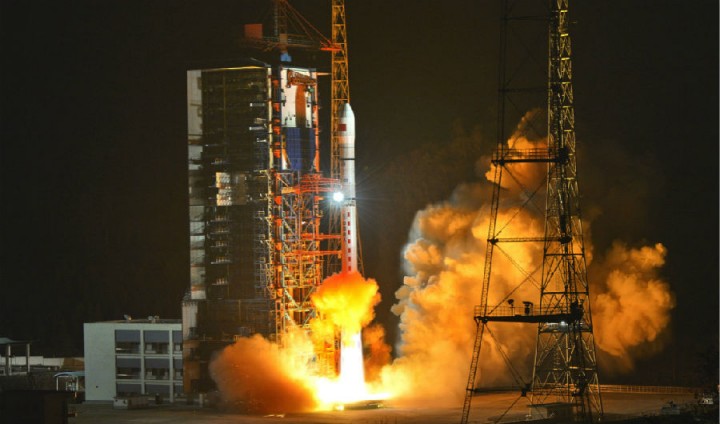Written by: MENG Xiaohui
Translated by: SHENG Zixin
Edited by: William Mosteller
Date: 02-20
China launched a Long March 2D carrier rocket on Feb 20 at the Xichang Satellite Launch Center in Southeast China’s Sichuan province. Four technology demonstration satellites –C, D, E, and F, were lifted into space atop the rocket, which blasted off at 5:07 a.m. (Beijing Time), and later entered their intended orbit.
One of the satellites—E—was developed by Harbin Institute of Technology, and is now in good operating condition and on task as planned. The launch marked a new success for HIT in the field of aerospace. In fact, this mission is a key project supported by China's National High Score Major Project[LM1] , and is characterized by strong innovation, huge difficulty, and a complex system. This is greatly significant for the possibility of new Earth observations.
Since 2010, the small satellite team of HIT, led by Academician Cao Xibin, has spent ten years working on innovation and breakthrough. Over the course of the decade, a total of 19 satellites from HIT—including Shiyan-1, Kuaizhou-1, Jilin-1, Zhuhai-1, Lilac-1 and Longjiang-2, which is the first mini satellite to fly to the moon and fly around it independently—all launched successfully. This new project is another achievement of great importance in the aerospace discipline of HIT.
This mission could also be seen as an indicator that the small satellite team was not affected by the ongoing novel coronavirus outbreak. Under the leadership of the school Party committee, they all threaded the needle and wrote a new chapter—a vivid expression of HIT’s values. Their bravery has sparked confidence for the whole school in the coronavirus battle.



